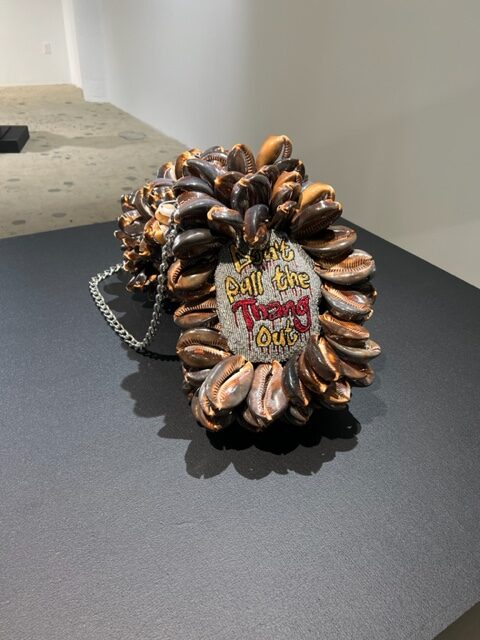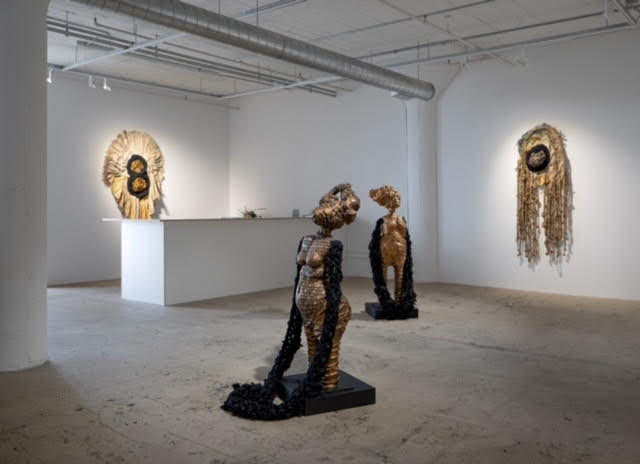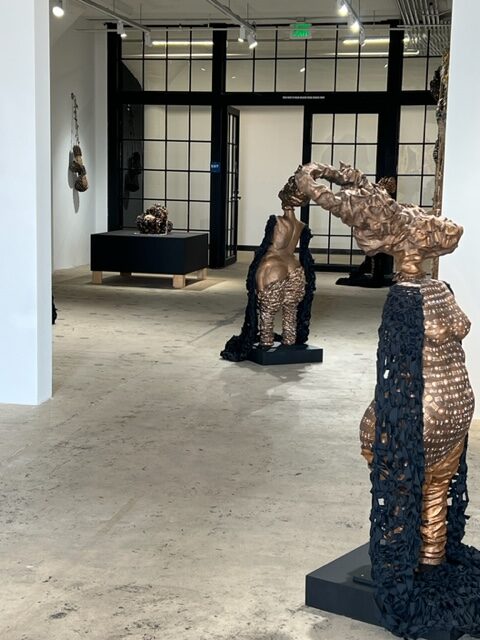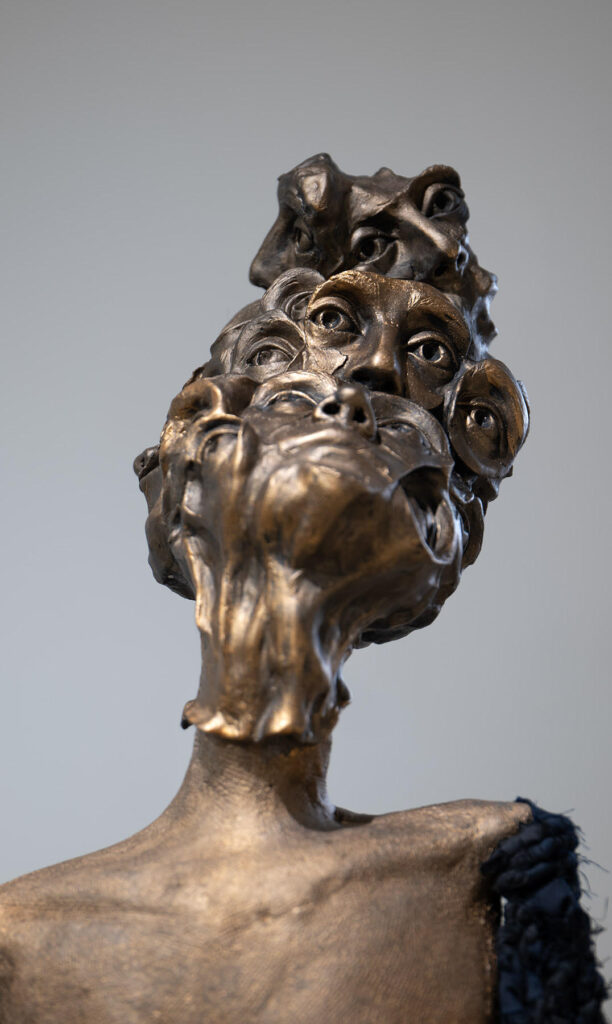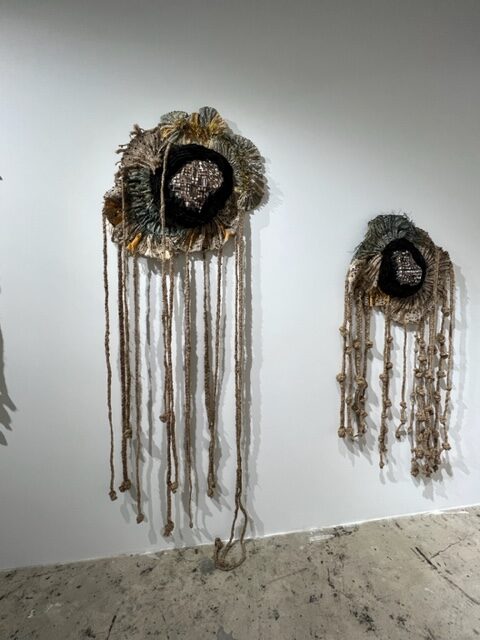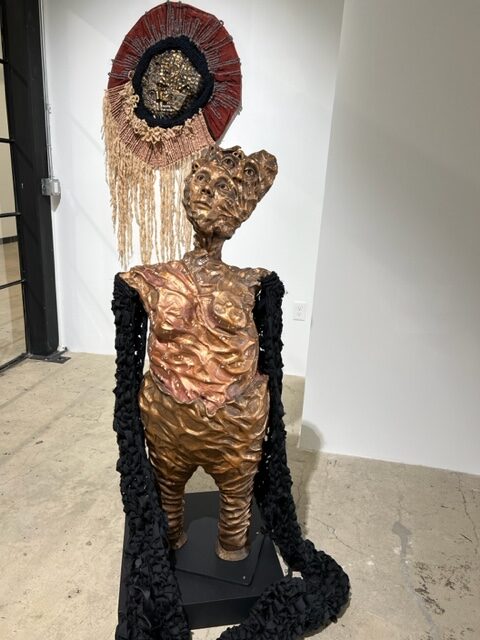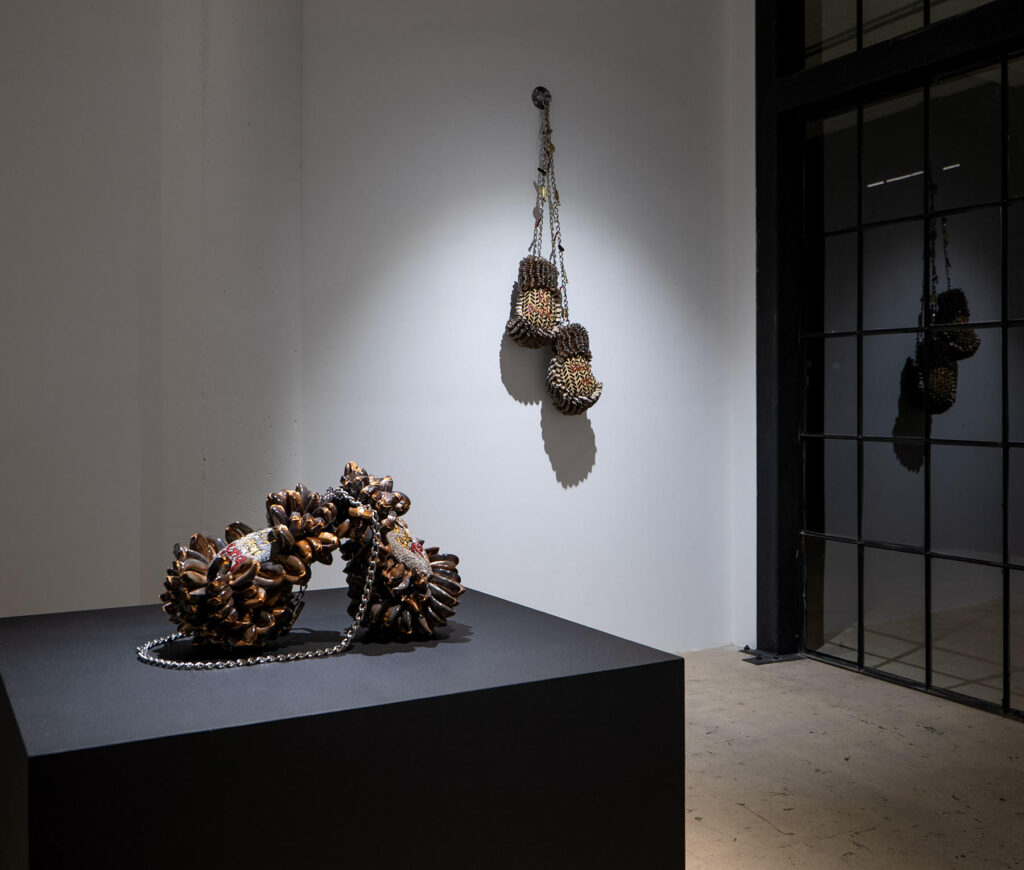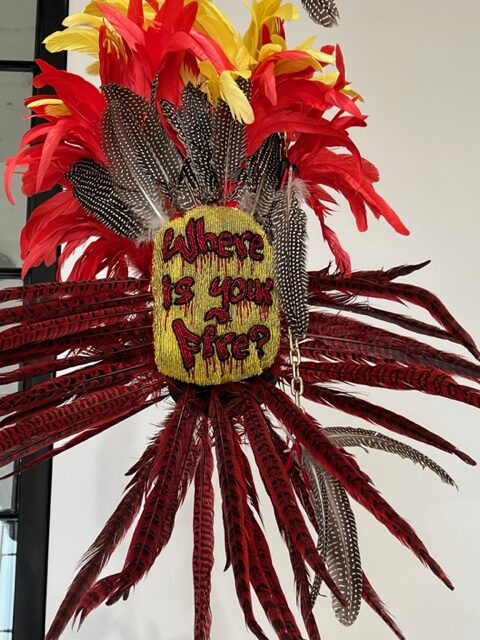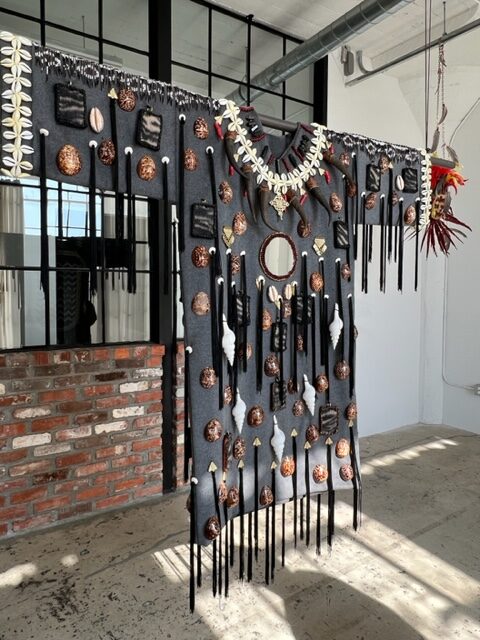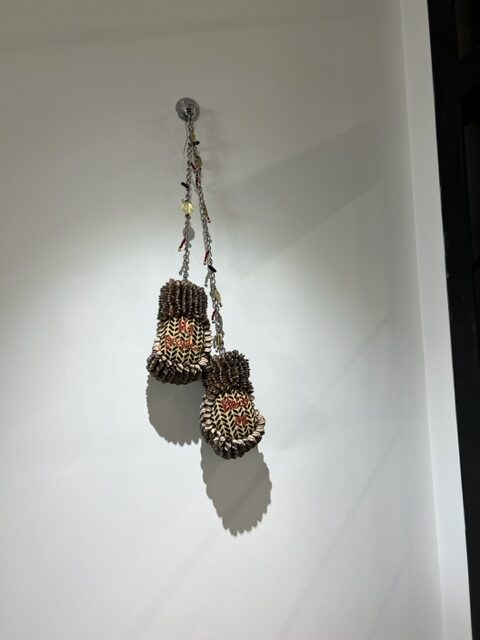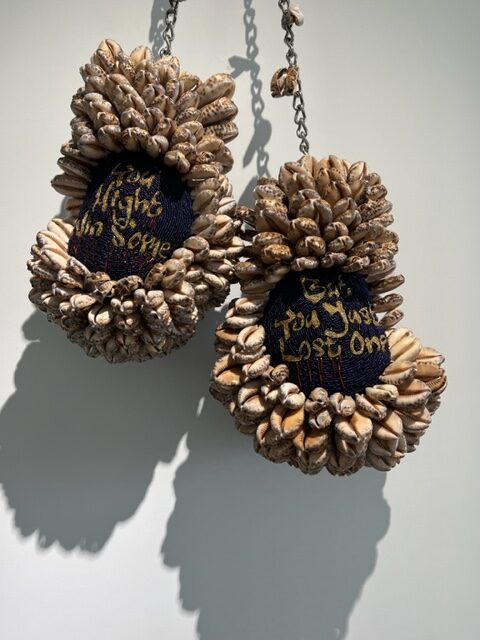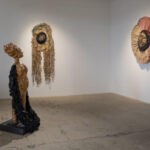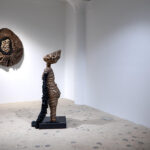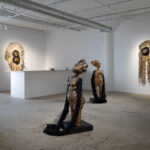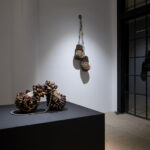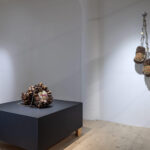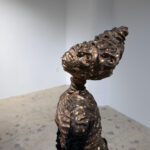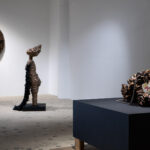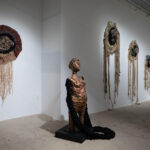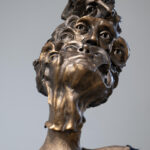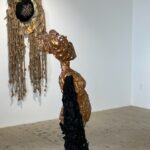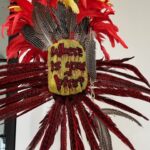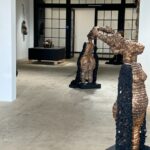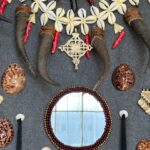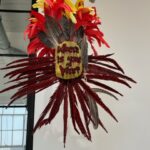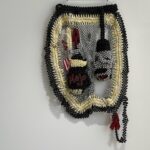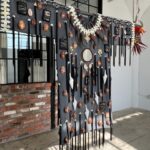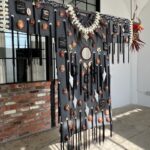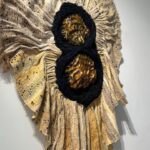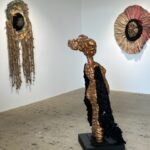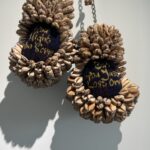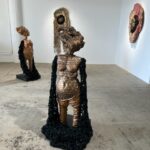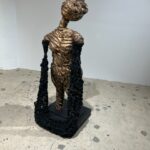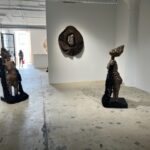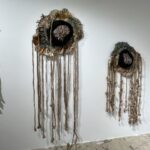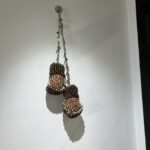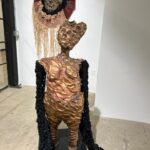Festival program director Paul Sbrizzi with fest director and founder Shira Dubrovner, above “This year’s festival was a testament to the importance of an event that creates community and support for personal, innovative filmmaking…” Sbrizzi added “We consciously seek out the kind of bold filmmaking that deserves a showcase.”
So, who won? Let’s take a look:
U.S Narravie GRAND JURY PRIZE WINNER – Unicorn Boy (USA) – When a heartbroken young artist is sucked into a unicorn-run alternate dimension, they must help conquer a dark force in order to bring peace to the kingdom and themselves. Directed and written by Matt Kiel.
U.S. Narrative AUDIENCE AWARD WINNER – Love Dump (USA) – Trash-filled love ensues when a quirky antique shop owner searches for her missing father and falls for a determined dog lawyer along the way. Directed by Jason Avezzano and written by Leila Gorstein and Jesse Kendall.
International Narrative GRAND JURY PRIZE, AND AUDIENCE AWARD WINNER – Where the Road Leads (Serbia) – A stranger arrives in an isolated village and the locals suspect his involvement in constructing a highway nearby; their intolerance gradually builds to open conflict. Jana falls in love with him and sees the danger; she’s the only one who can save him. Directed and written by Nina Ognjanović.
U.S. Documentary Feature
GRAND JURY PRIZE WINNER – A Still Small Voice (USA) – An aspiring hospital chaplain begins a yearlong residency in spiritual care, only to discover that to successfully tend to her patients, she must look deep within herself. Directed by Luke Lorentzen. West Coast Premiere
BRAVERY AWARD WINNER – Mississippi River Styx (USA) – An enigmatic drifter with terminal cancer lives his dream of floating down the Mississippi River on a ramshackle houseboat — until locals start to question his story. Directed by Tim Grant & Andy McMillan.
AUDIENCE AWARD WINNER – Name of the Game (USA) – The untold story of black male exotic dancing in south Los Angeles and how it intersects with the origins of hip hop, gang culture, and kung fu assassins. Directed by William Forbes and Douglas Skinner.
International Feature Documentary
AUDIENCE AWARD WINNER – Naked Israel (Israel) – Interviewees are exposed both physically and mentally in this irreverent look at Israeli masculinity, through a series of interviews with men from a broad range of ages and backgrounds. Directed by Ines Moldavsky. World Premiere
GRAND JURY PRIZE – To Kill a Tiger (India) – Ranjit takes on the fight of his life when he seeks justice for his 13-year old daughter, the victim of a gang rape. Directed by Nisha Kumari Pahuja.
Screenplay, Shorts, and Music Videos
Best Screenplay: “Field of Weeds” by Kelly Jean Karam.
Best Narrative Short: “Play This At My Funeral,” directed by Ray Smiling.
Honorable Mention: “Filling Holes,” directed by Miriam Gabriel and Sophia de Baun.
Best International Narrative Short:
“Sanaa, Seductress of Strangers,” directed by Jan Eilhardt.
Honorable Mention: “Summer Rain,” directed by Shao Lin.
Best Documentary Short: “A Throwing Forth,” directed by Xiao Zhang.
Honorable Mention: “Let Me Take You Home” directed by Evelyn Hang Yin.
Best Animation Short: “Our Pain,” directed by Shunsaku Hayashi.
Honorable Mention to “La Última Historia (The Last Story),” directed by Vicente Molina Pardo.
Best Music Video: “Under No Nation” by Goat, directed by John Mark Lapham.
Honorable Mention to “Funeral Solution” by Osees, directed by Logan Feser.
Special Mention to “Rakiya Su Katamam” by Altin Gün, directed by Sylvain Rusques and Simon Moreaux.
But ultimately the biggest winners are the filmmakers and audience members attending MLFF 2023.
For information on the 10th annual festival taking place 05/22/2024 – 05/26/2024, visit www.MammothLakesFilmFestival.com.
- Genie Davis; photos courtesy of the festival’s Dori Myers; and photos by Jack Burke












